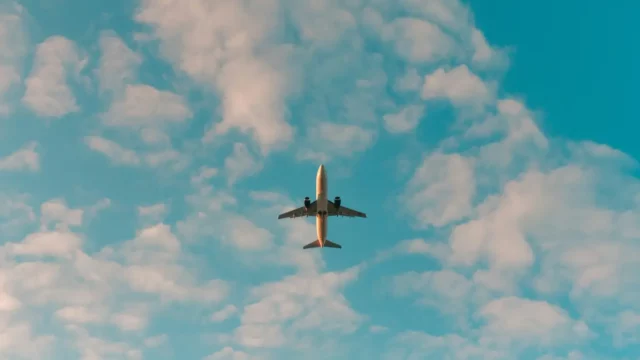Why Are Airline Ticket Prices On the Rise? Understanding the Current Landscape
As we emerge from the global challenges of recent years, the airline industry is witnessing a profound transformation. With airlines ramping up their operations, many travelers are asking: why are airfares climbing? Let’s delve into the various factors driving up ticket prices and explore real-life examples that illustrate these trends.
The Burgeoning Costs Influencing Air Travel
One of the most significant contributors to rising airline ticket prices is the escalating cost of aviation fuel—something that many passengers may not fully appreciate. Fuel costs make up about one-third of an airline’s operating expenses. For instance, in a recent survey, industry analysts pointed out that fuel prices have surged by nearly 50% over the past year. As these costs trickle down, they inevitably impact the price of tickets.
Additionally, the aviation industry’s commitment to sustainability is another critical factor. Airlines are increasingly investing in sustainable aviation fuel (SAF), which, though essential for our environment, comes at a premium. Limited availability of SAF means that airlines face stiff competition for these resources, which, in turn, could lead to even higher ticket prices.
- Increased fuel prices: A historical example can be drawn from the oil crisis, where spikes in crude oil affected airfares globally.
- Sustainability initiatives: Airlines such as Delta and United are ramping up their investment in SAF, causing operational costs to soar.
The Industry’s Response to Rising Costs
In response to these challenges, industry leaders, including IATA Director General Willie Walsh, stress the importance of managing costs while keeping passengers’ interests in mind. Walsh recently predicted that airline profitability will potentially skyrocket, reaching approximately €1 trillion in the near future. Significant numbers speak volumes—this year, over 4.96 billion air passengers are expected, while overall airline spending is projected at a staggering $936 billion (around €862 billion).
However, amid these growing revenues, profit margins remain tighter than one might assume. The aviation sector anticipates around $60 billion (about €55 billion) in profits this year. This forecast highlights the thin line airlines are walking between maintaining operational efficiency and delivering value to consumers.
What Does This Mean for Travelers?
As the costs of flying continue to rise, what should travelers expect? Unfortunately, a price bump seems inevitable in the coming months. For the savvy traveler, there are a few strategies that can help navigate these treacherous waters:
- Book Early: Prices tend to rise as the departure date approaches. If you can plan ahead, you’re likely to score better fares.
- Be Flexible: If your schedule allows it, consider flying at off-peak times. Midweek flights often come cheaper than weekend travel.
- Use Fare Alerts: Sign up for fare alerts from airlines or travel planning websites to catch when prices drop.
In conclusion, while we hope for favorable pricing, the reality is that travelers need to prepare for a new norm in airline ticket pricing. Awareness of the factors at play can empower you to make informed decisions and discover opportunities even amid these challenges. The landscape is shifting, and as always, adaptability is key.





